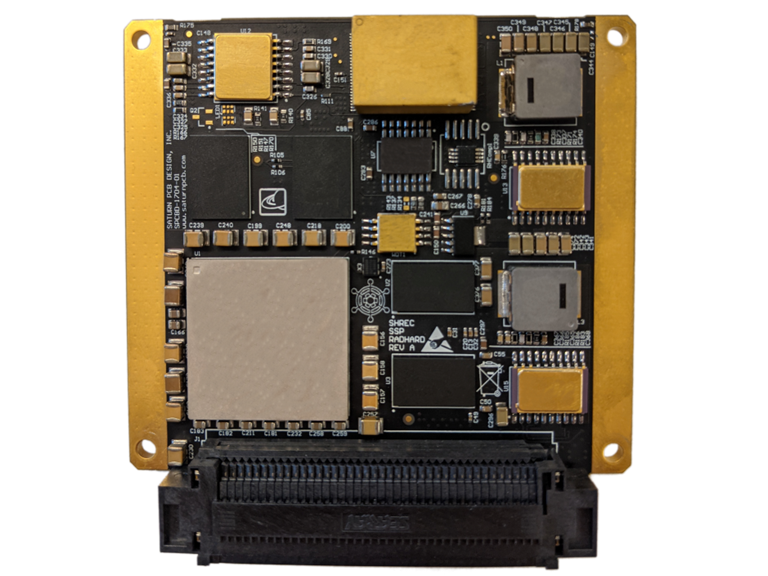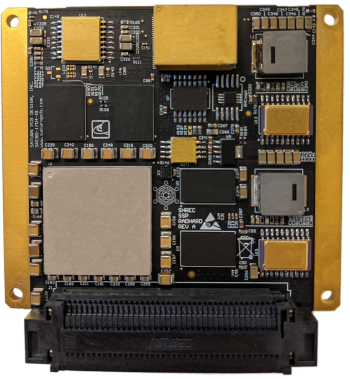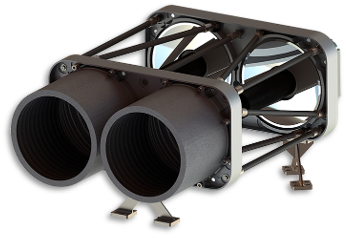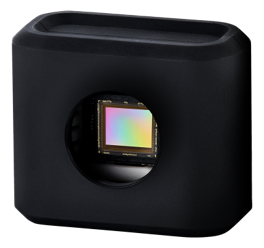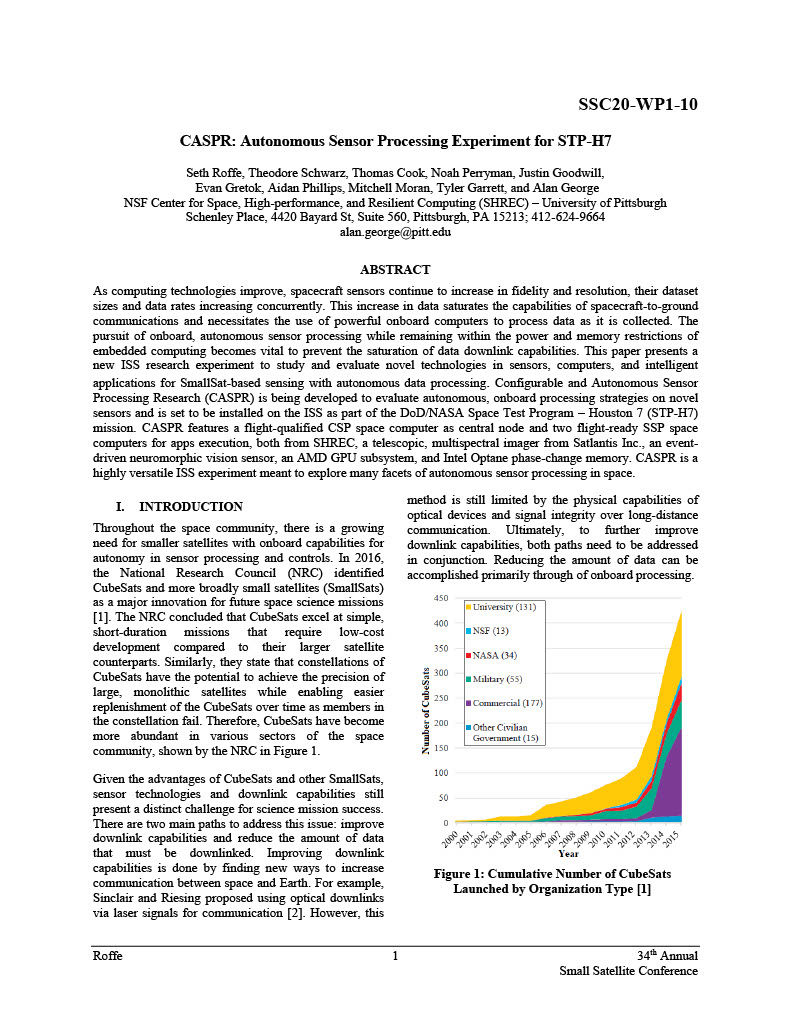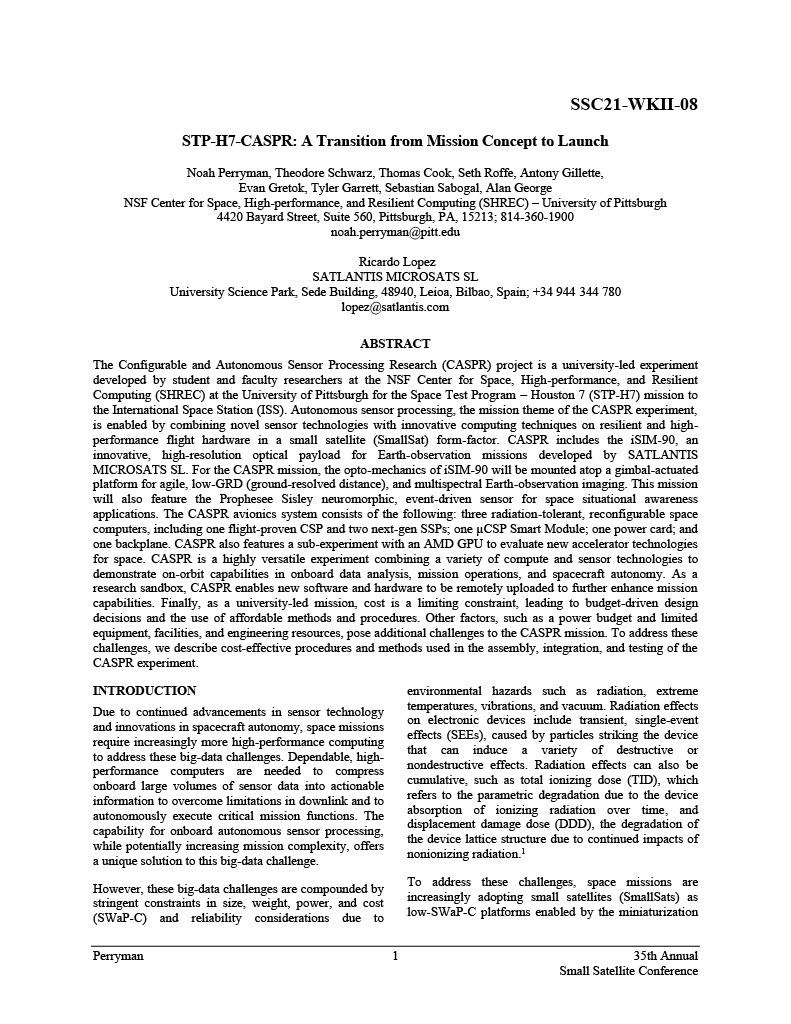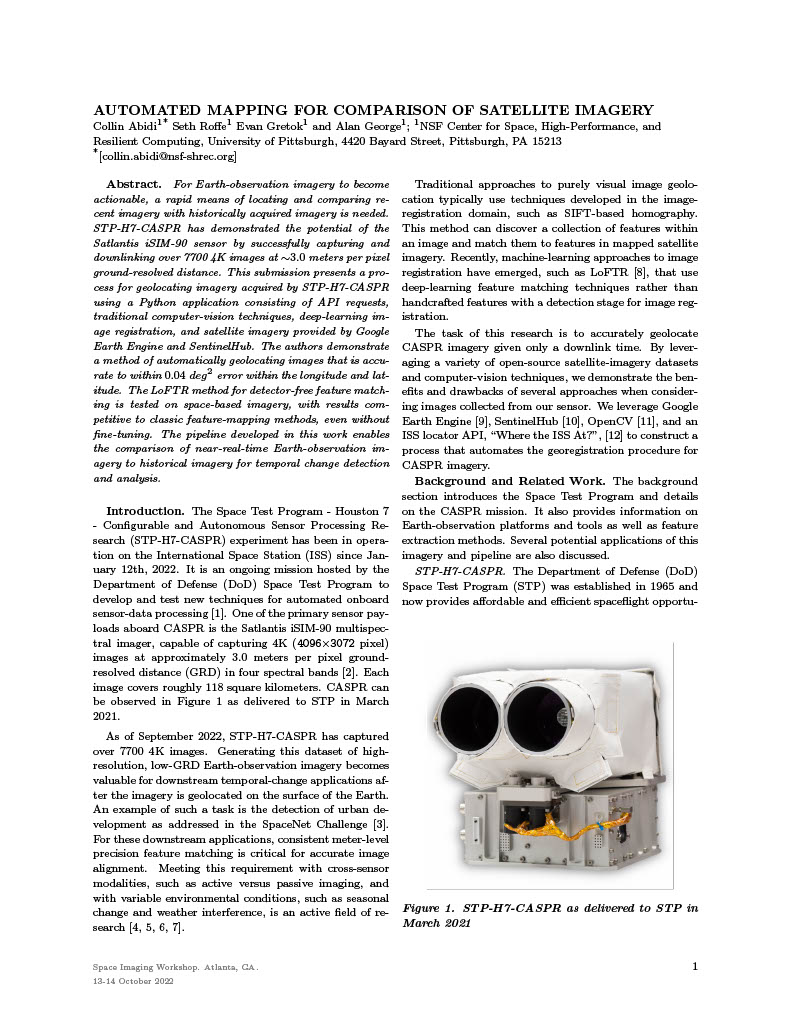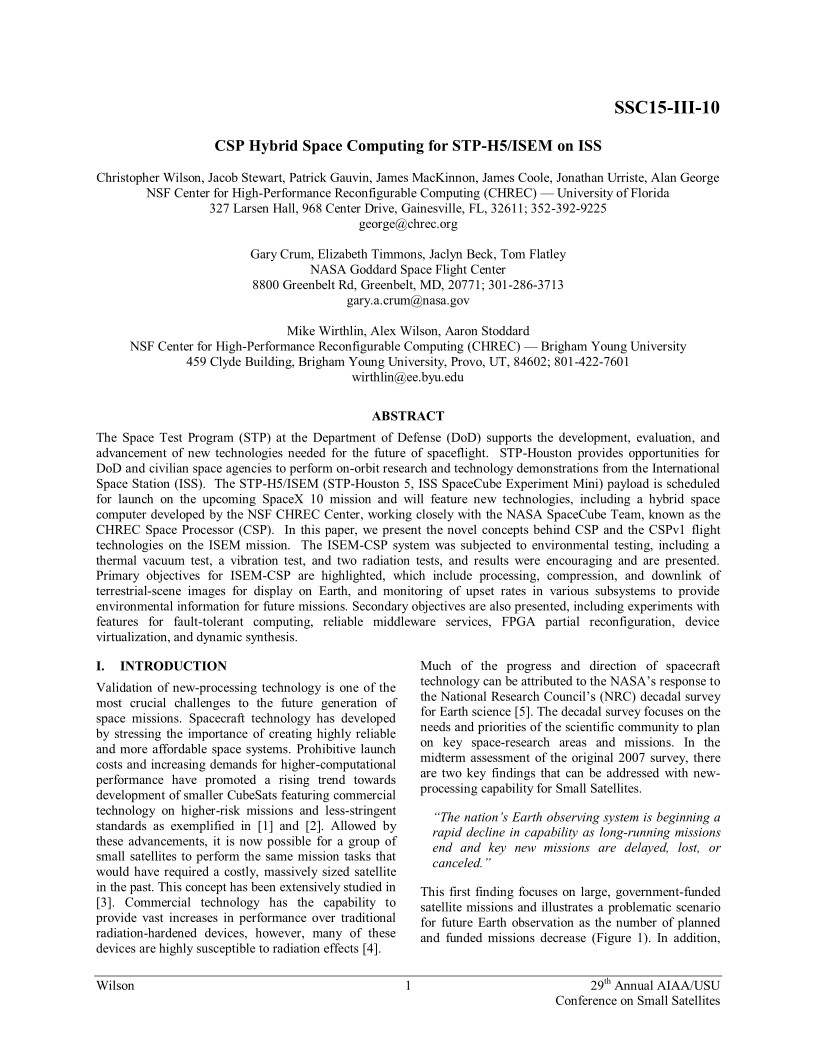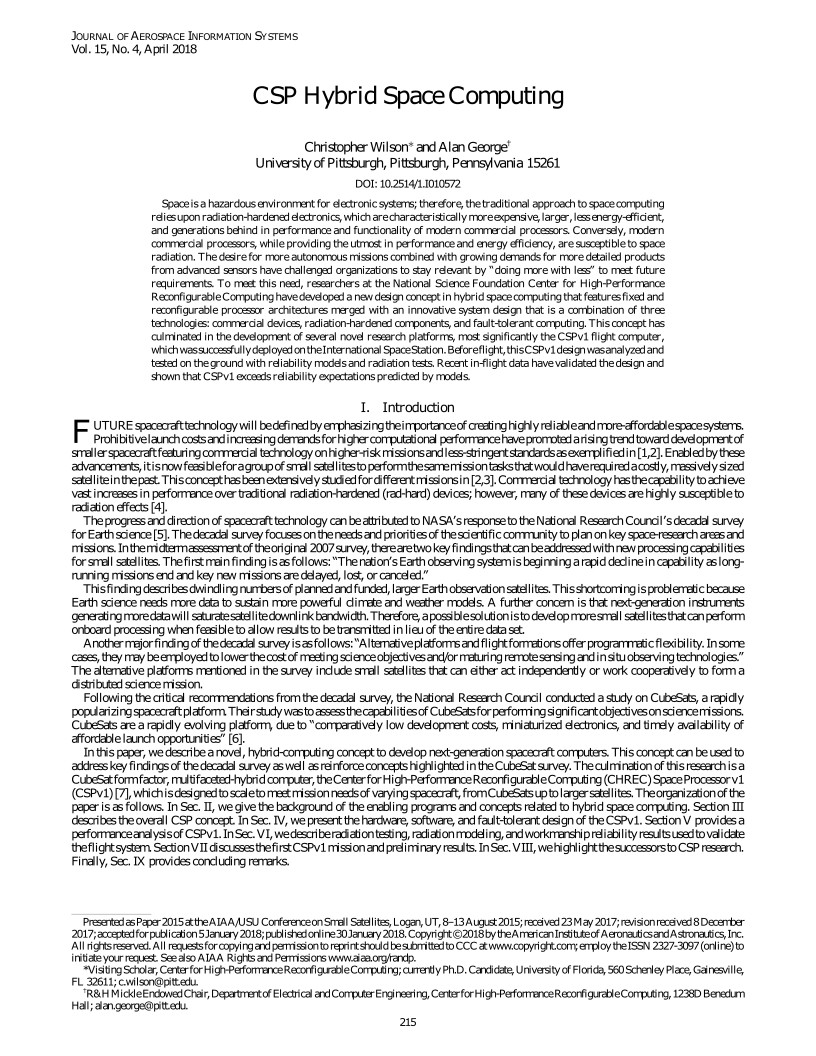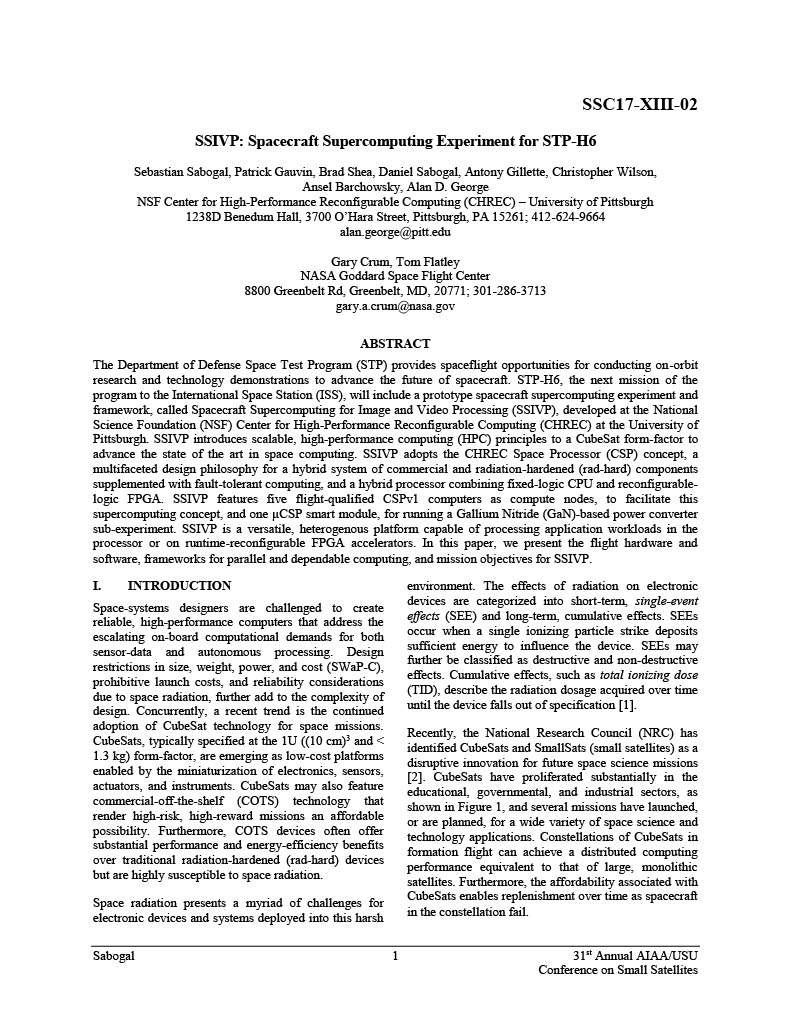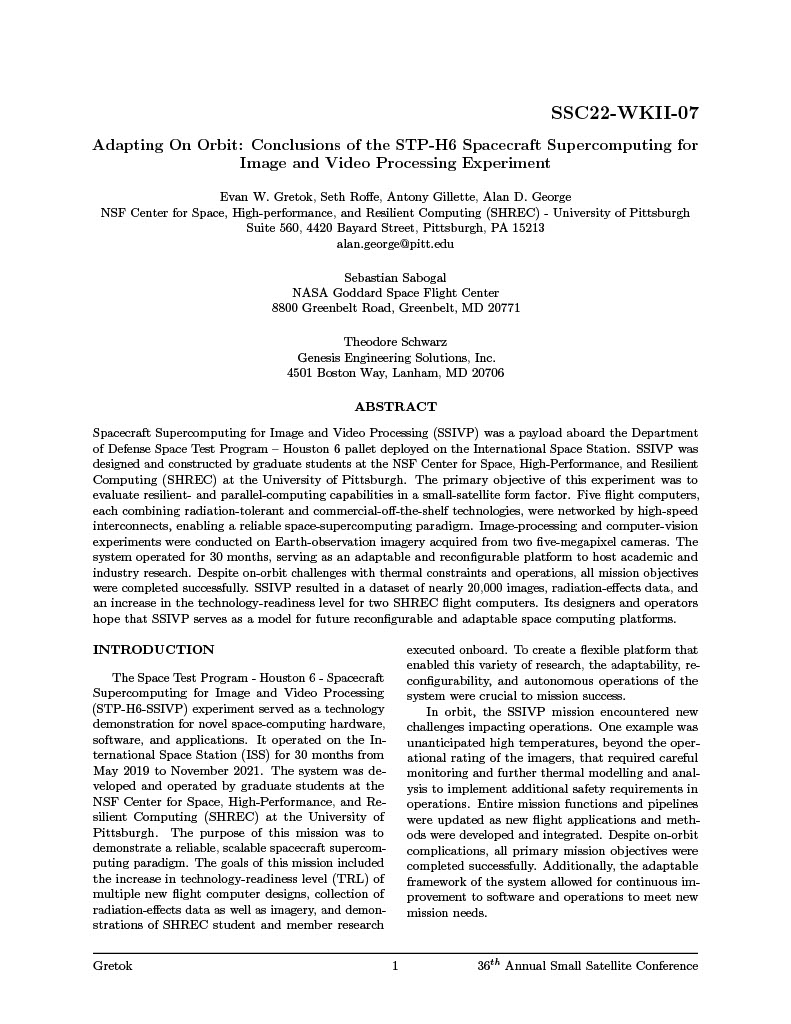About CASPR
Configurable and Autonomous Sensor Processing Research (CASPR) is designed to enable effective onboard processing for next-generation sensors and applications. CASPR is a Department of Defense payload on the Space Test Program - Houston 7 (STP-H7) pallet aboard the International Space Station. It was developed, designed, and built by the students and faculty of the NSF Center for Space, High-performance, and Resilient Computing at the University of Pittsburgh. Explore below to learn more about this exciting research testbed.
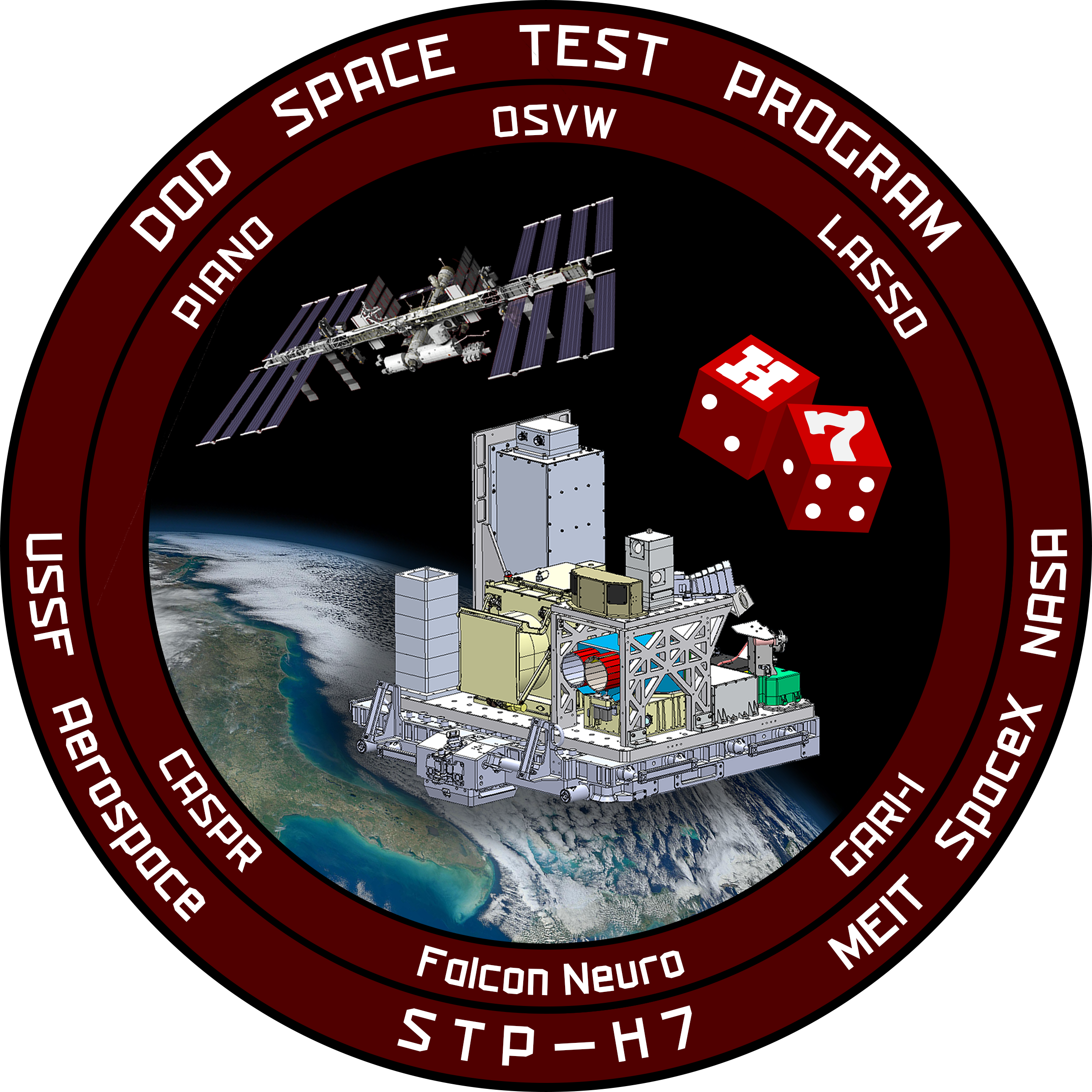
Command Logs
Explore the latest from the students commanding CASPR.
As the CASPR team begins summer internships, and with CASPR’s imaging mission complete, there will be short break in commanding. More updates coming soon!
Completed final segments of Volcan Domuyo, Sanxenxo, and Melbourne bursts! A new daily record!
Conducted downlink of channel one of Santo Domingo burst!
Timeline
From design to online
-

August 2018
Original Design
Proposed the original design of CASPR
-
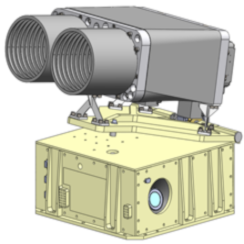
October 2019
Preliminary Design Review
Showcased mission goals and development progress
-
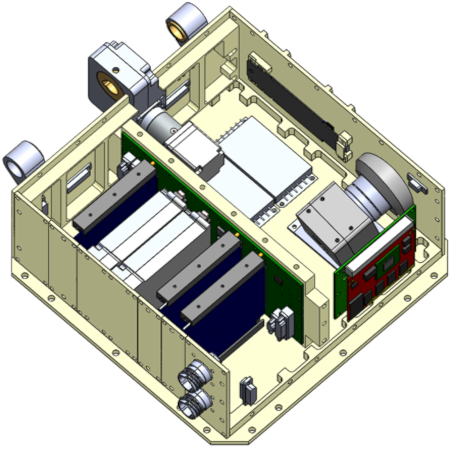
April 2020
Critical Design Review
Finished up the design
-
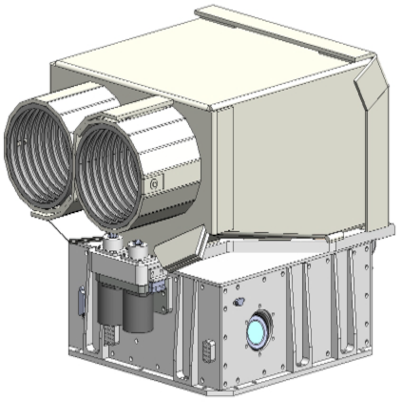
November 2020
Field Configuration Audit
Ensured system meets all specifications
-

February 2021
Flight Unit Assembly
Prepared the flight unit at our Pitt lab
-

Early March 2021
Environmental Testing
Performed thermal and vibration testing
-
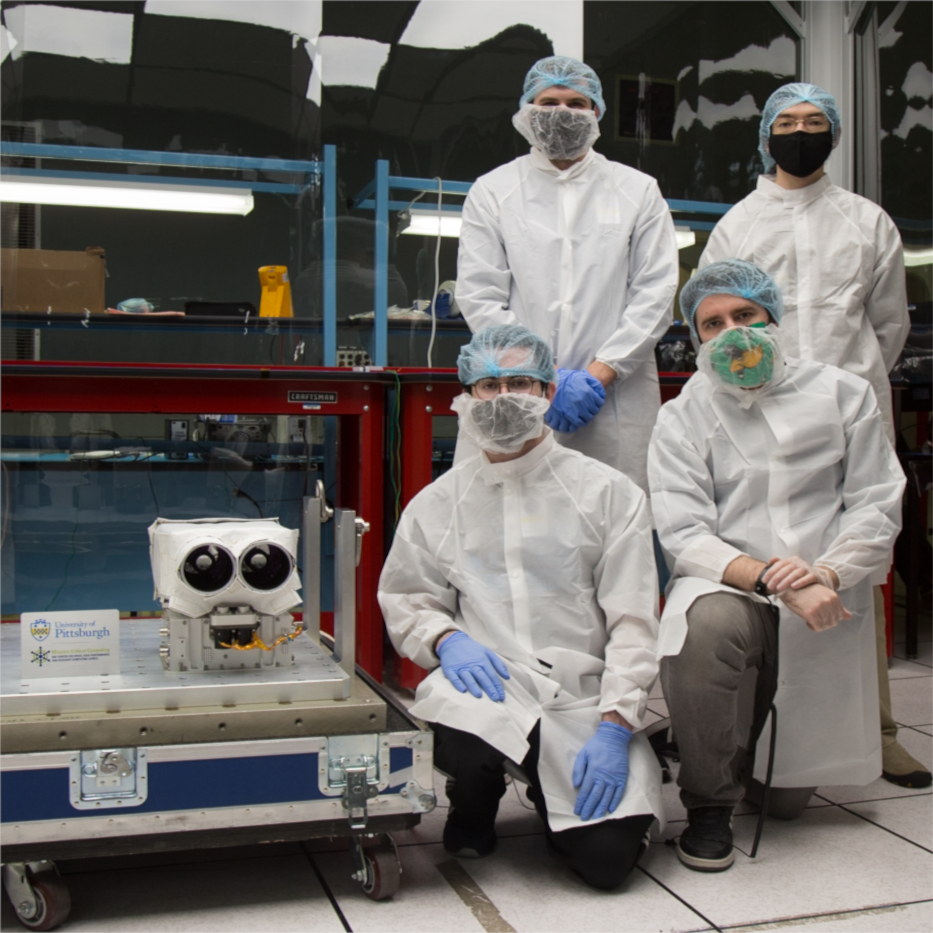
Late March 2021
On-Dock Integration
Delivered CASPR to NASA Johnson Space Center
-

September 2021
Software Upload
Updated the software with new apps
-

December 2021
Launched aboard SpaceX CRS-24
-

January 2022
Installed as part of the STP-H7 pallet on the outside of the Columbus module
-

January 2022
Initial Commanding of CASPR
Sent the first commands from our lab at Pitt
-
CASPR
operations
underway!
Main Partners
NSF-SHREC and STP-H7-CASPR are funded by industry and agency members and by the IUCRC Program of the National Science Foundation under Grant No. CNS-1738783. We would like to specifically thank the following companies and agencies for their support:
The Department-of-Defense’s Space Test Program oversees the STP-H7 pallet which hosts CASPR.
The Naval Research Laboratory provided access to their environmental testing equipment and donated components.
The NASA Goddard branch helped with designing the electronics.
Texas Instruments donated power components used on CASPR.
Publications
Click to see publications about STP-H7-CASPR.
Seminal works which influenced STP-H7-CASPR.



